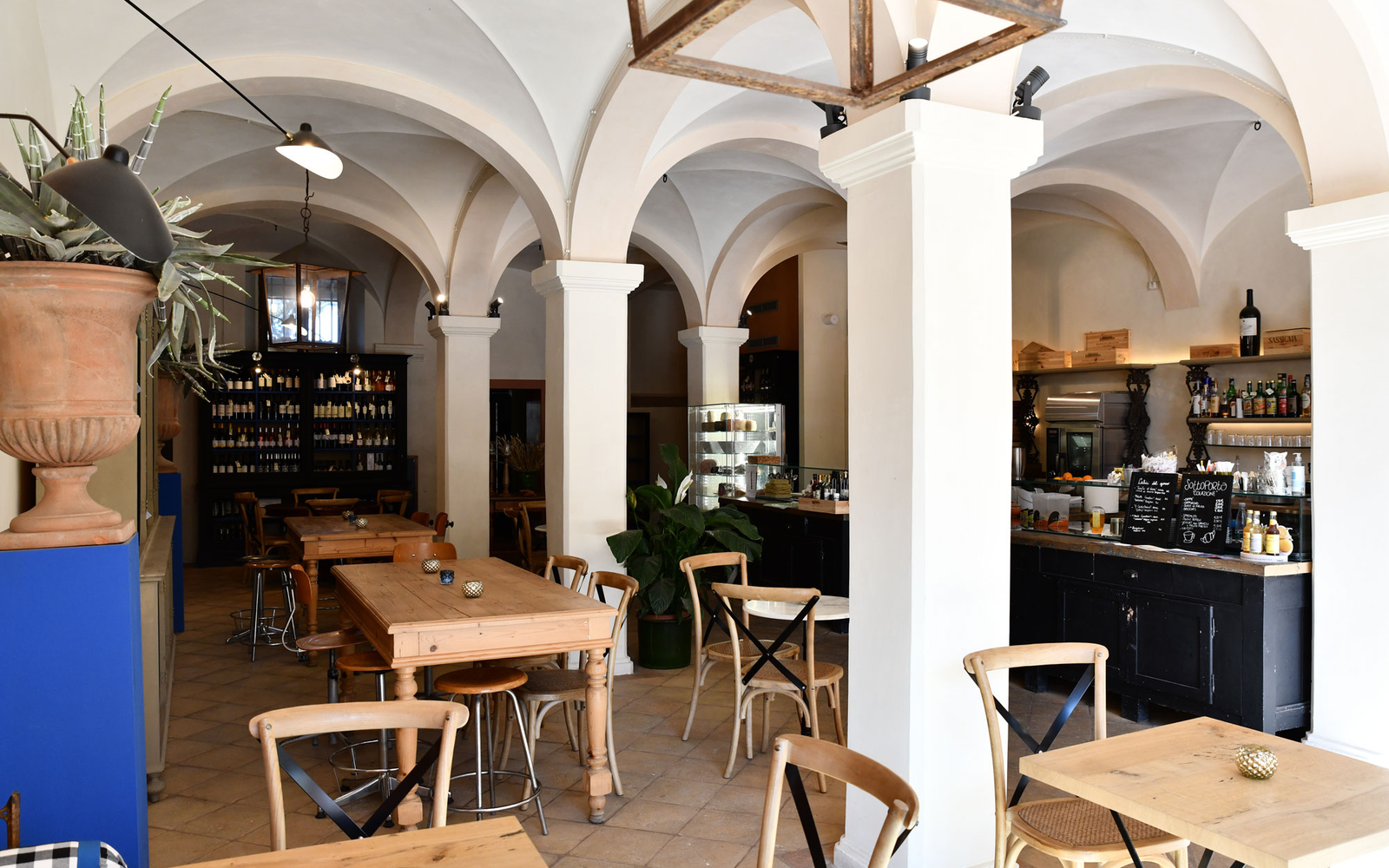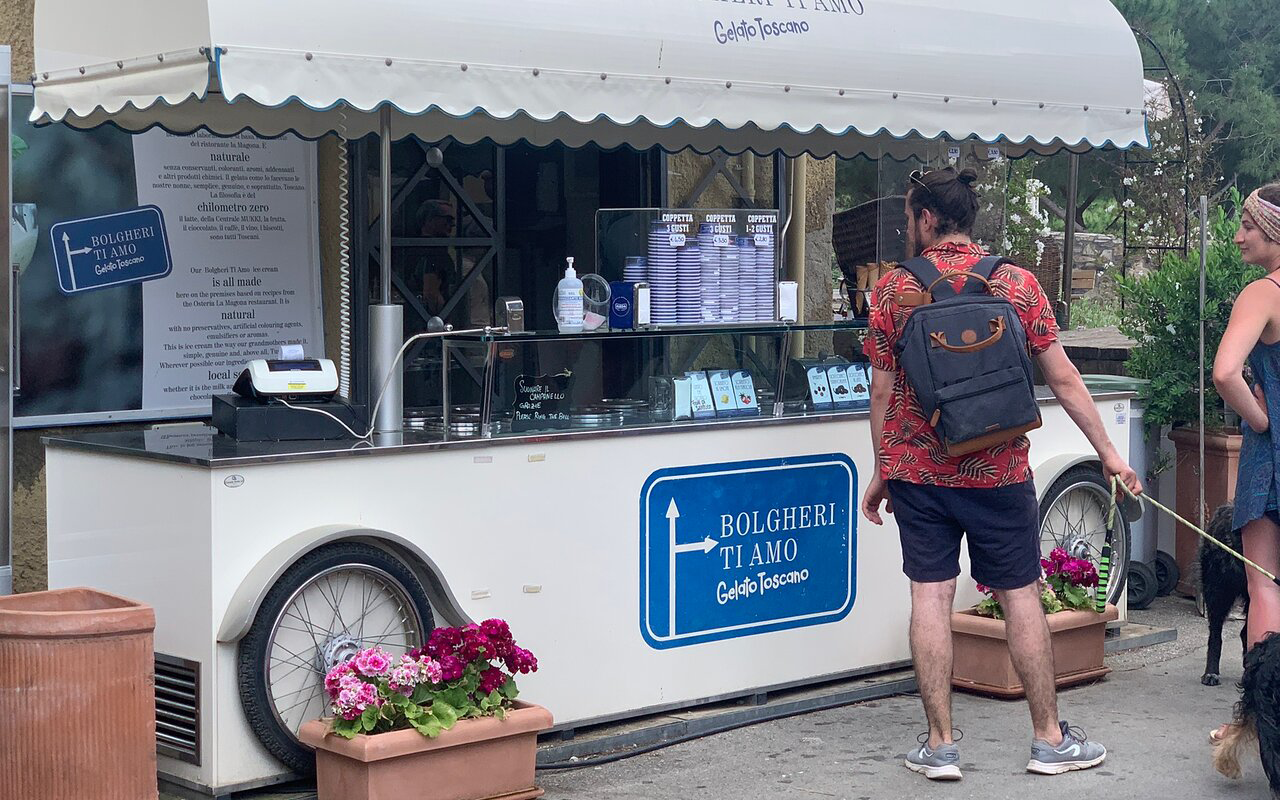villa tramontalba
a base for exploreres
Discover Bolgheri
Wine paradise!
This part of the Tuscan coast south of Livorno is a delightful surprise in a part of Tuscany inhabited by the Etruscans at the beginning of the 9th century BC where they built their major port, Populonia.
The jewel among the little towns in this area is definitely Bolgheri, which lies in the foothills of the Colline Metallifere. First mentioned in 1075 in a papal bull by Pope Gregory VII, its name derives from Bulgari (Italian for “Bulgarians”) due to the presence of a military camp of Bulgarians, allies of the Lombards.
The town, not far from the coast, is surrounded by olive groves and vineyards. To get to Bolgheri, you have to drive on the Viale dei Cipressi (Cypress Avenue), a straight scenic road about 5 km long lined by majestic and ancient cypress trees which ends in front of the Bolgheri Castle. Perfect for a picture or two.
Just above the entrance of Bolgheri town, you will certainly notice the big coat of arms of the ancient noble Gherardesca family, who has owned the castle of Bolgheri since 1200. The town itself is a real gem: no cars are allowed inside the walls, the streets are filled with charming restaurants, trattorias and wine shops (Enoteca Tognoni is the best in town, also really good are Osteria Magona and Osteria San Guido, right at the beginning of the cypress avenue).
When it comes to wine, Bolgheri is a relatively young but already prestigious Italian label. It is mostly known for deeply colored, yet ageworthy red wines. Due to the particular characteristics of the soil and a sunny, dry, and moderately windy climate, the grape varieties of Bordeaux origin grow very well here such as Cabernet Sauvignon, Merlot, Cabernet Franc, Syrah, and Petit Verdot. The winemaking zone goes from the hills inland to the Tyrrhenian Sea.
The region most famous wine is Sassicaia, deriving its name from “stony field,” reflecting the gravel banks reminiscent of vineyards in Graves and Haut-Médoc. Produced at Tenuta San Guido estate by Marchese Mario Incisa della Rocchetta, Sassicaia helped Bolgheri into fame.
In the mid-1970s, a six-year-old Sassicaia won in a blind tasting organized by Decanter, surpassing various Bordeaux wines. In the next years, influential Italian wine dynasties followed suit, with Lodovico Antinori initiating the Ornellaia estate project in the 1980s, emphasizing Merlot cultivation in rocky terrain (in fact, the well-known Masseto wine is 100% Merlot), and Gaja establishing the Ca’ Marcanda estate in the 1990s.
Before the current DOC regulations were established in 1994, Sassicaia and other Super Tuscan wines from the region were typically labeled as Vino da Tavola or Toscana IGT, the lowest classifications in Italy’s wine hierarchy. Maybe you should try the Bolgheri Bianco, which is less popular but definitely still interesting.
Our personal favorites
Previous slide
Next slide



